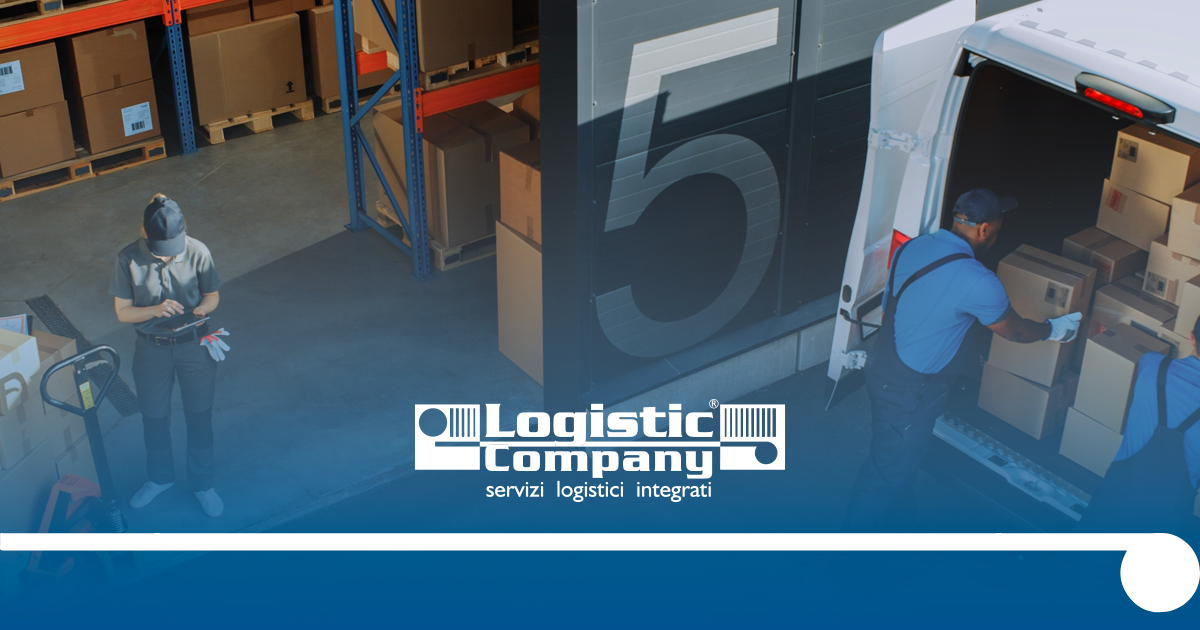Logistics: definition, examples and typologies
What is logistics, how does it work and what are its applications in key sectors? It is a clear guide among definitions, examples and operational typologies.
Logistics is the silent engine that connects production, distribution and usage. In a world where speed, precision and traceability make the difference, logistics represents a strategic driver for every company.
However, what does “logistics” really mean? What are its functions, the technologies involved and the main typologies? In this article, we answer these questions with real examples and scenarios of application.
What is logistics? Definition and objectives
Logistics, by definition, is the set of activities of planning, implementation and control of the flow of goods, services and information, from the point of origin to the point of consumption.
The objective of logistics is to guarantee maximum customer satisfaction through an optimal balance among time, costs and quality of service.
Today, involving every link in the supply chain, logistics is becoming an increasingly intelligent and interconnected system, thanks to the use of technologies such as automation, artificial intelligence and predictive analysis, which are redefining the efficiency of the modern supply chain.
The main types of logistics
Logistics is not a single, linear process, but could be classified into four main operational areas, each with specific functions and dedicated technologies:
- Inbound logistics
It manages the flow of materials entering the company, ensuring precise timing, quality controls and optimization of procurement costs. - Internal or intralogistics logistics
It is everything that happens within the company boundaries: handling, storage, picking and warehouse management. Today, intralogistics relies on advanced technologies such as WMS, RFID, AGV, AMR, pick-to-light systems, dynamic shelving and Miniload to make processes safer, faster and more precise. - Distribution logistics (outbound)
It is the heart of distribution: it includes all the activities necessary to get the product to the end customer or to the point of sale. - Reverse logistics
It concerns the backward flow: returns, repairs, recycling and disposal. It is essential for sustainability and to improve the after-sales experience.
4 examples of applied logistics
To better understand how logistics works, it is important to evaluate some real applications in key sectors of the economy. These examples show how the management of the flow of goods is crucial in very different contexts.
1. Amazon: next-generation logistics
Amazon is synonymous with maximum efficiency and next-generation logistics. The Company has transformed the sector thanks to a global network of automated distribution centers and the intensive use of artificial intelligence, robotics and predictive analytics.
The outcome? Same-day shipping, total traceability and a customer experience unmatched in the world.
2. Food supply chain: temperature-controlled logistics
In the agri-food supply chain, logistics is essential to maintain the maximum freshness of products. From refrigerated warehouses to temperature-controlled transport, each link in the chain is designed to preserve the quality of the product and reduce waste, with increasingly advanced traceability systems.
3. Freight: the engine of the supply chain
Whether by truck, ship, train or plane, freight is the backbone of global logistics. Transport companies must manage routes, loads, timing and contingencies in real time, integrating fleet management, geolocation and dynamic planning systems.
4. Pharmaceutical distribution: rigorous environmental conditions
In the pharmaceutical sector, logistics does not allow for errors: each step must be carefully tracked, controlled and documented. In fact, the distribution of drugs requires the utmost attention to ensure that each product arrives at its destination intact, safe and compliant with regulations and Client’s requirements.
For this reason, it is essential to guarantee rigorous environmental conditions along the entire supply chain, from production to transport, and to constantly monitor each batch through advanced traceability systems and alarms, so as to intervene promptly and minimize any risk.
These operational standards are the basis of pharmaceutical logistics, a highly specialized and strategic sector, which faces increasingly complex challenges related to quality, safety and intelligent management of the supply chain.
Pharmaceutical logistics: a constantly expanding sector
With a market that exceeded 75 billion euros in 2018 and an estimated annual growth of 3.5% until 2025, pharmaceutical logistics is confirmed as one of the fastest growing sectors of the supply chain.
Storing and distributing drugs, vaccines and active ingredients require compliance with rigorous standards: temperature control along the entire supply chain, anti-contamination and anti-mix-up systems, quarantine areas, total traceability of batches and WMS software for real-time monitoring and stock management.
From a regulatory point of view, the sector is controlled applying the European GDP (Good Distribution Practices), which gives high levels of safety and quality on all operators.
Logistic Company: the partner of pharmaceutical companies
Thanks to a consolidated experience in the management of sensitive products, Logistic Company supports pharmaceutical companies with tailor-made logistics solutions, safe and fully compliant with GDP regulations.
We offer temperature-controlled storage services, real-time traceability, automated picking and optimized management of shipments and returns, ensuring effectiveness, reliability and punctuality at every stage of the supply chain.
With this in mind, from 11 to 13 June, our professionals will participate in the 64th AFI 2025 Symposium in Rimini, a strategic moment of comparison to discuss challenges, innovations and opportunities in pharmaceutical logistics.





Leave A Comment
You must be logged in to post a comment.